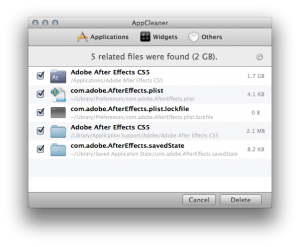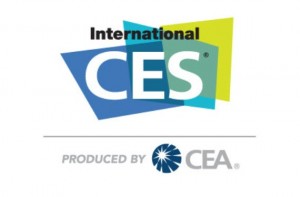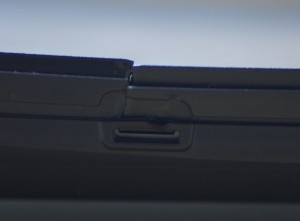One of the biggest things at CES last year was definitely 3D. 3D TVs, 3D tablets, 3D Projectors. But there were a few reasons that I hated them.
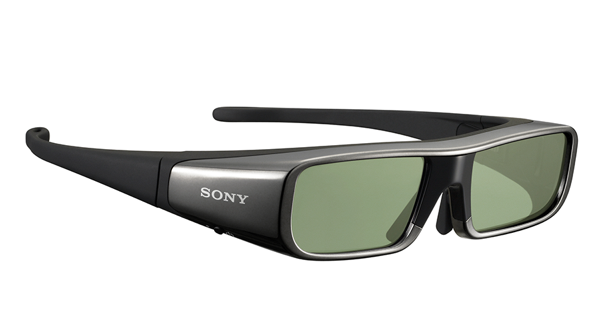
First of all, you had to wear Active 3D glasses. These basically flicker each lens so fast that you can’t see, and it does it in rhythm with the TV. That’s how you could see two different images in each eye, giving you that 3D effect. As you can see, they tended to be a bit ridiculous. They were bulky and giant, needed to be charged, and were extremely expensive to replace. They also darkened the screen you were looking at quite a bit.
The other issue with 3D was that the colors were degraded. The saturation and contrast was reduced, and you give up everything in picture quality just to get that 3D effect. Basically, you were trading the convenience of TV just so you could get two pictures simultaneously.
This year, things have changed.
Exhibit A would be LG. They have created an amazing 3D smart TV that uses passive 3D glasses. These are the same glasses that you wear in a movie theatre, and are just plastic lenses that aren’t electronic at all. In fact, LG had a giant wall of these 3D TVs playing an awesome sequence of 3D footage. They were handing out tons of 3D glasses, because each one costs less than $0.05 to manufacture in China. You can keep it, break it, or lose it, and it won’t be a disaster.
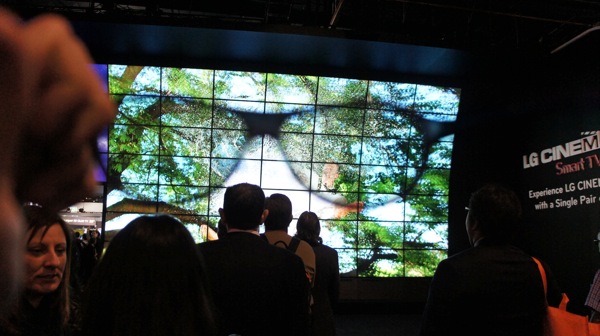
Another benefit of passive 3D glasses is that you lose the bulk.
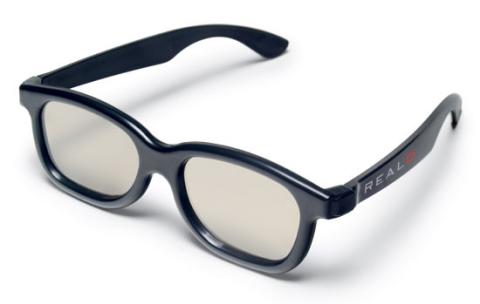
These are very light and thin glasses. In fact, some people even call them stylish – you may see people walking around in these glasses with the 3D plastic lenses popped out.
The nice thing about these new TVs is that you still have that beautiful color contrast and saturation that high-end TVs are known for. The brightness is still a bit reduced, but it’s nowhere near as bad as it was last year.
3D still has a ways to go – the need to wear glasses in general is a bit annoying, and the screens that don’t require 3D glasses (called autostereoscopy) are absolutely awful and disgusting. But the progress is obvious, and it seems like 3D is going from a stupid gimmick that was awfully executed to something that you might actually be able to enjoy in your living room.

